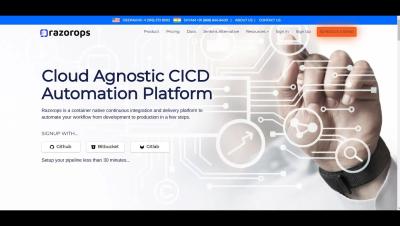Kubernetes Cost Efficiency and Performance Optimization: Best Practices for Managing Your Cluster
As organizations increasingly embrace Kubernetes for container orchestration, optimizing both cost and performance has become a critical challenge. Kubernetes, with its flexible and powerful features, allows for efficient resource management, but without proper configuration and monitoring, it can also lead to over-provisioning, wasted resources, and skyrocketing costs.











